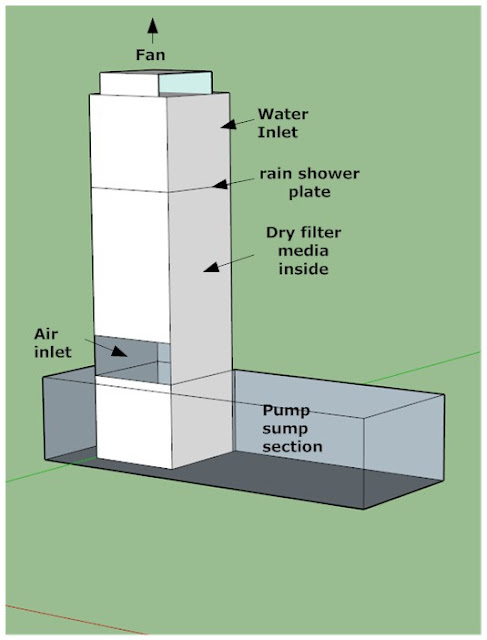We renovated our kitchen and found ourselves in a difficult situation where we could not reach the outflow pipe to clear the water clog caused by sludge. Here is how we resolve it.
What happened?
Our old kitchen layout allowed us to remove the cupboard that is sitting ontop of the floor trap. With the cupboard removed, we could lower one of our hands to reach the outflow pipe where to could insert a hard spring rod or guide the pipe cleaner wire so that it could thread the pipe trap to reach the outflow pipe as shown
During one water clog, we found the outflow pipe choked again. We could not use the pipe cleaner nor any hard spring rod as we no longer able to use our hand to reach the inlet of the outflow pipe. The next available option opened was to reach the pipe trap from the lower floor which is about 12 feet below us.
The Solution
After going through our workshop to get some ideas, we found a piece of 20 mm PVC pipe in which we managed to bend the end of the pipe to form a curve bend as shown.
With that piece of PVC pipe, we could then guide the wire of our pipe cleaner from the top of the floor trap and threaded through the pipe trap to reach the choked outflow pipe.
4 Sept 2017 update
The head of the pipe cleaner is usually expanded from the spring wire. Sometimes, the head is too small to clear the sludge completely in large pipes. Soon after cleaning, the pipe will be clogged again.
The solution is to attach a cutter to the head as shown
The cutter was formed by cutting a length of 60 mm long 20mm PVC pipe with one end of it splitted and opened as shown. The cutter must be attached to the pipe cleaner with metal wires, making sure it will not be detached during the cleaning process.









